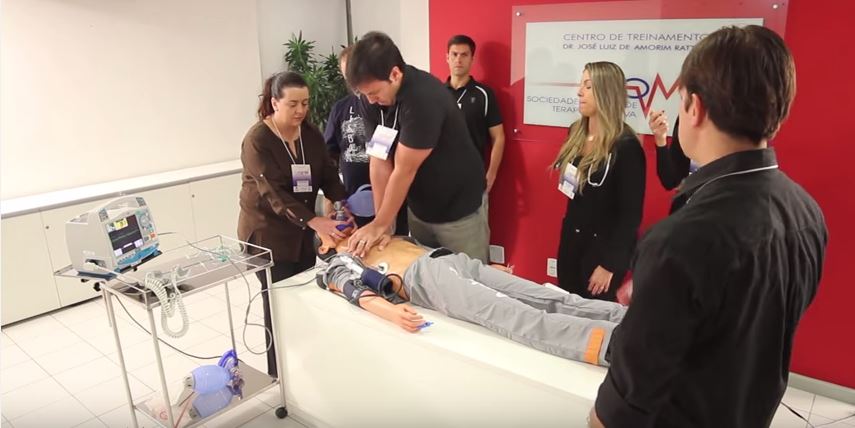
Health News
August 26, 2015
ACLS – Advanced Cardiac Life Support
August 31, 2015ACLS can be a standardized system of extremely important life saving techniques utilized by medical professionals. In order to guarantee the very best possible standards of care, ACLS Credentials is definitely an intensive process followed with regular #ACLS recertification to make certain that caregivers keep the life saving skills they require.
ACLS Explained
Advanced Cardiovascular Life Saving (ACLS) is really a unified term that covers our bodies of information needed for medical professionals to react in a timely and productive manner to patients experiencing urgent, life-threatening cardiovascular conditions. ACLS includes proficiency in numerous lifesaving techniques, including CPR, airway intervention, IV administration, and EKQ interpretation. Apart from the basic skills linked to administering ACLS treatments, the genuine answer to ACLS will be the “algorithms,” flowchart-like decision-making steps that ensure caregivers interpret symptoms correctly and apply the right treatments properly.
ACLS Vs. CPR
ACLS is a more extensive body of information than CPR (cardiopulmonary resuscitation). As noted above, CPR is among one of several procedures which may be linked to administering ACLS. Mainly because it involves critical decision-making in everyday life-or-death situations, ACLS is appropriate for primary healthcare providers, specially those operating within a hospital environment. The standards for ACLS Accreditation are maintained with the highest levels from the American Heart Association. (The Internation Liaison Committe on Resuscitation also coordinates ACLS standards globally.) ACLS procedures are rigorously reviewed every 5yrs and updated procedures are released to certification and re-certification programs regularly.
Who Needs To Maintain ACLS Qualification
Because ACLS can be a critical procedure used almost exclusively by primary providers, ACLS Qualification is restricted to professionals with a mastery of all different techniques involved. Such as general practitioners, surgeons, along with other accredited medical doctors. Pharmacists, dentists, PAs, and some nurses and EMTs could also achieve ACLS Accreditation. The initial certification involves fairly rigorous classroom work with high standards to ensure certified medical professionals master the ACLS algorithms. Thus, while ACLS procedures are fairly widespread among professionals working exclusively in the area of healthcare, they are certainly not commonly taught or certified to non-healthcare workers. (This can be unlike CPR training, that is often administered to employees operating in any potentially-dangerous environment.)
The Recertification Process
Contrary to initial certification, ACLS recertification is a less intensive educational undertaking. Besides classroom courses, recertification can be accomplished through web based classes. These are typically made available from several different third-party providers, although all recertification courses make use of the same instructional materials and standards given by the AHA. Enrolling in a web-based recertification program typically costs between one and 2 hundred dollars, and successful certification normally can be confirmed within twenty four hours. The frequency of which practitioners should re-certify may vary from institution to institution, but most hospitals and also other employers require it every two years.
Since ACLS skills have to be employed with a high level of accuracy with minimal advanced notice, it seems sensible to hold recertification on the fairly fast schedule. This ensures that standards remain high of these most significant procedures and that all caregivers stay updated together with the state-of-the-art in critical medicine.
(MedPage Today) — A 71 year-old woman developed chest pain while giving the eulogy at her best friend’s funeral. Upon arrival to hospital, she was found hypotensive, tachycardic, and diaphoretic. On auscultation, an S3 gallop was audible and coarse crackles were present. Her ECG demonstrated ST-segment elevation of 1.5mm in V4 – V6. High-sensitivity troponin was negative, as was a D-dimer. On echocardiogram, her left-ventricular ejection fraction was measured at 15%. The patient was sent for immediate coronary angiogram, which demonstrated normal coronary arteries and apical ballooning on the left ventriculogram. What is your diagnosis?
Curated from MedPage Today Critical Care


